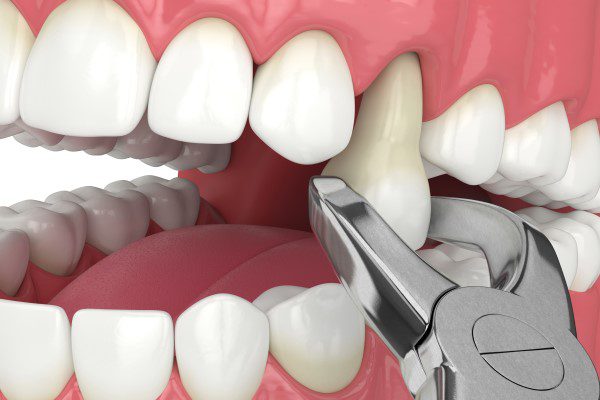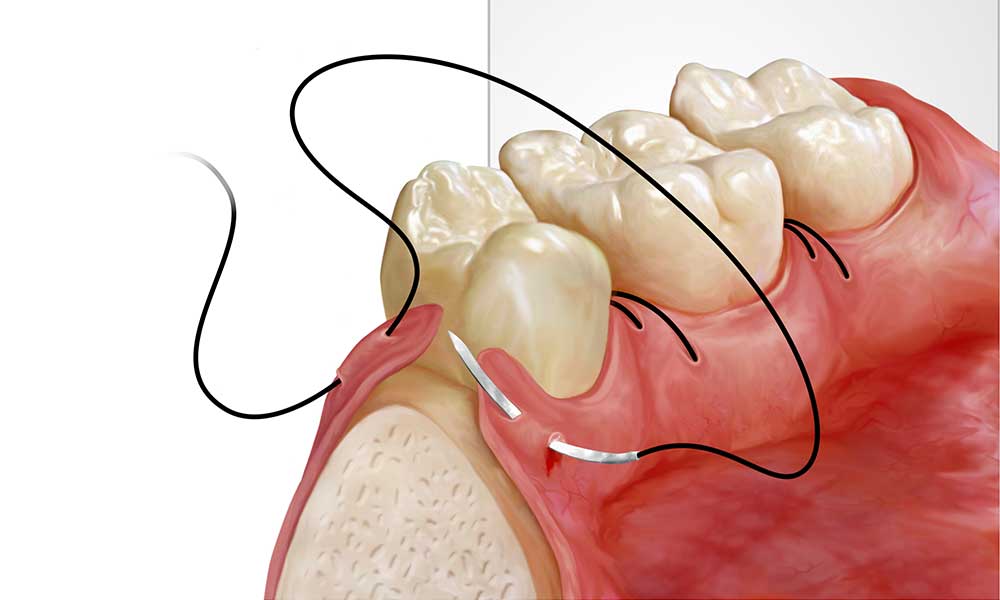A typical dental treatment is tooth extraction, but when a patient is taking an anticoagulant medication like warfarin, it might become more complicated explains a Boynton Beach emergency dentist. Blood thinners like warfarin lower the risk of blood clots, but they can raise the possibility of bleeding during and after surgery. Careful preparation and collaboration between healthcare professionals are essential to guarantee a successful and safe tooth extraction for individuals on warfarin.
In this post, we will take you through the main concerns and necessary procedures when performing a tooth extraction in these patients.
Warfarin
Anticoagulants are prescribed to prevent and treat blood clots, such as atrial fibrillation (AFIB), deep vein thrombosis (DVT), or pulmonary embolism by using Warfarin. The way this works is by preventing the production of vitamin K-dependent clotting factors in the liver, and that also reduces our blood’s ability to make a clot.
Warfarin does the desired thing in that it decreases the occurrence of clot-related events; however, at times it increases bleeding during surgical procedures such as dental extractions.
Factor that goes into consideration pre-extraction

It is important to review the medical history, including any warfarin therapy, before tooth extraction. This process is done in conjunction with the dentist, the patient’s PCP, or a hematologist to minimize risk. You should take into account the next factors:
- International Normalized Ratio (INR): This is a standardized measure of how long it takes for the blood to form a clot. The target INR for patients on warfarin is usually between 2.0 and 3.0, but that range varies depending upon the indication for treatment. The INR should be measured before extraction and it is preferable to have the procedure performed when within a reasonable range. If the INR is higher than 3.0, this may indicate an increased risk of bleeding which would require tooth extraction to be postponed or performed with modifications.
- Medication Management: In some patients, the warfarin may have to be adjusted before any of these procedures. This should be done under the supervision of a healthcare provider, however. If warfarin is stopped or withdrawn too abruptly and this happens, the risk of serious complications may increase.
- Local Hemostatic Measures: The dentist may utilize local hemostatic agents during extraction to prevent bleeding. These agents, like microfibrillar collagen, thrombin-jelly, or topical tranexamic acid may favor the formation of clots at the extraction site.
- EDU-0049 Patient Education: Patients on Warfarin and the Risk of Complications with Tooth Extraction Thoughts should be offered on how to handle wound healing and post-extraction bleeding, with or without education when healthcare assistance is essential.
The Extraction Procedure
While the extraction is happening, there are a few things that your dentist will do to stop too much bleeding and make sure everything goes smoothly.
- Atraumatic Technique Procedure: this means that the surface of the bone will be condemned with a gentle touch reducing tissue damage and decreasing bleeding.
- Local Anesthesia: Almost always local anesthesia is induced for dental extractions, even on warfarin. Dentists may also use anesthetic solutions that include vasoconstrictors, like epinephrine (often combined with Novocain), to keep blood flow at a minimum.
- Hemostatic Agents: local hemostatics can be used in the extraction site for controlling blood.
- Stitching: In certain situations, a stitch may be placed by the dentist to close up properly and make sure that no blood escapes from the mouth. They are commonly placed in absorbable sutures so they do not have to be taken out later.
If you are taking warfarin and need a dental extraction, it is important to consult with your dentist as well as seek advice from your medical practitioner concerning the outlined risk. The two of them can come up with a strategy that takes into account your safety and dental well-being


